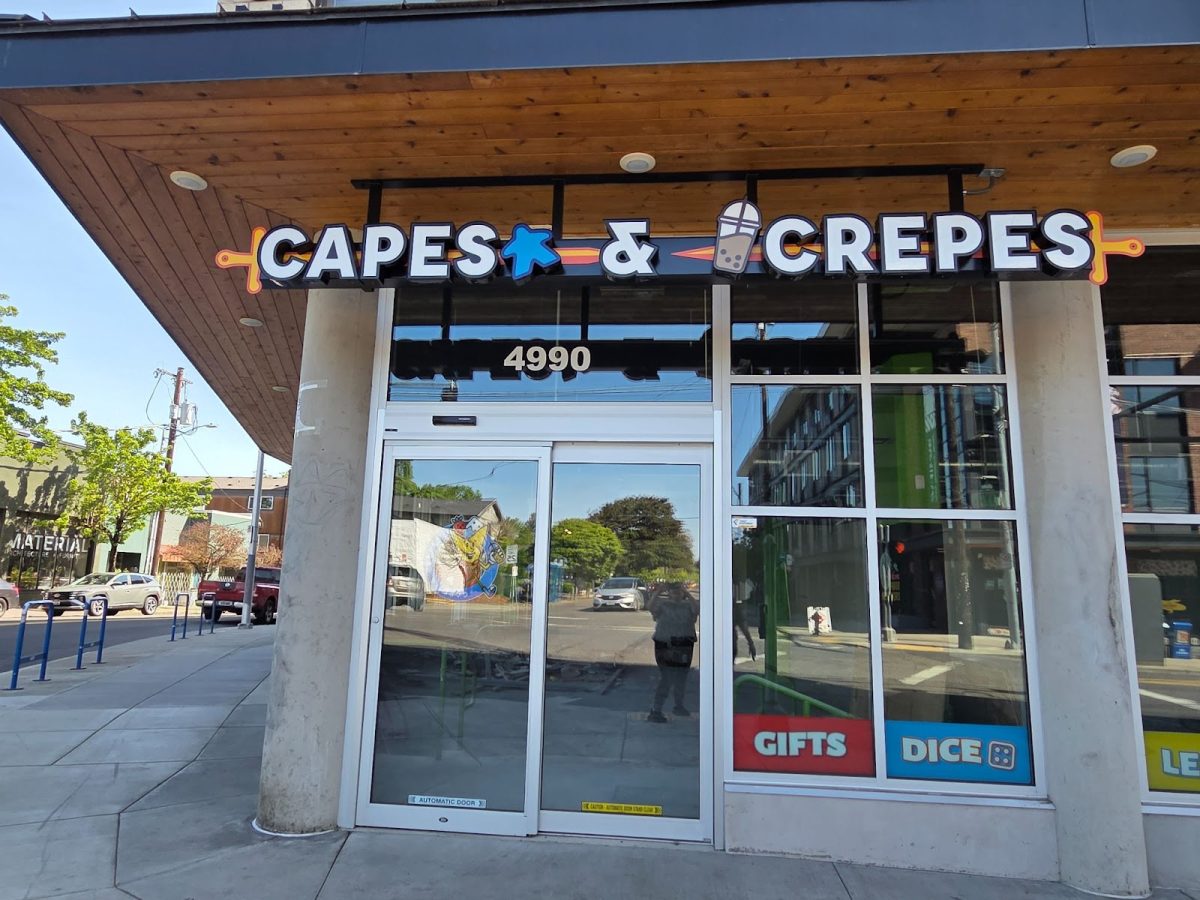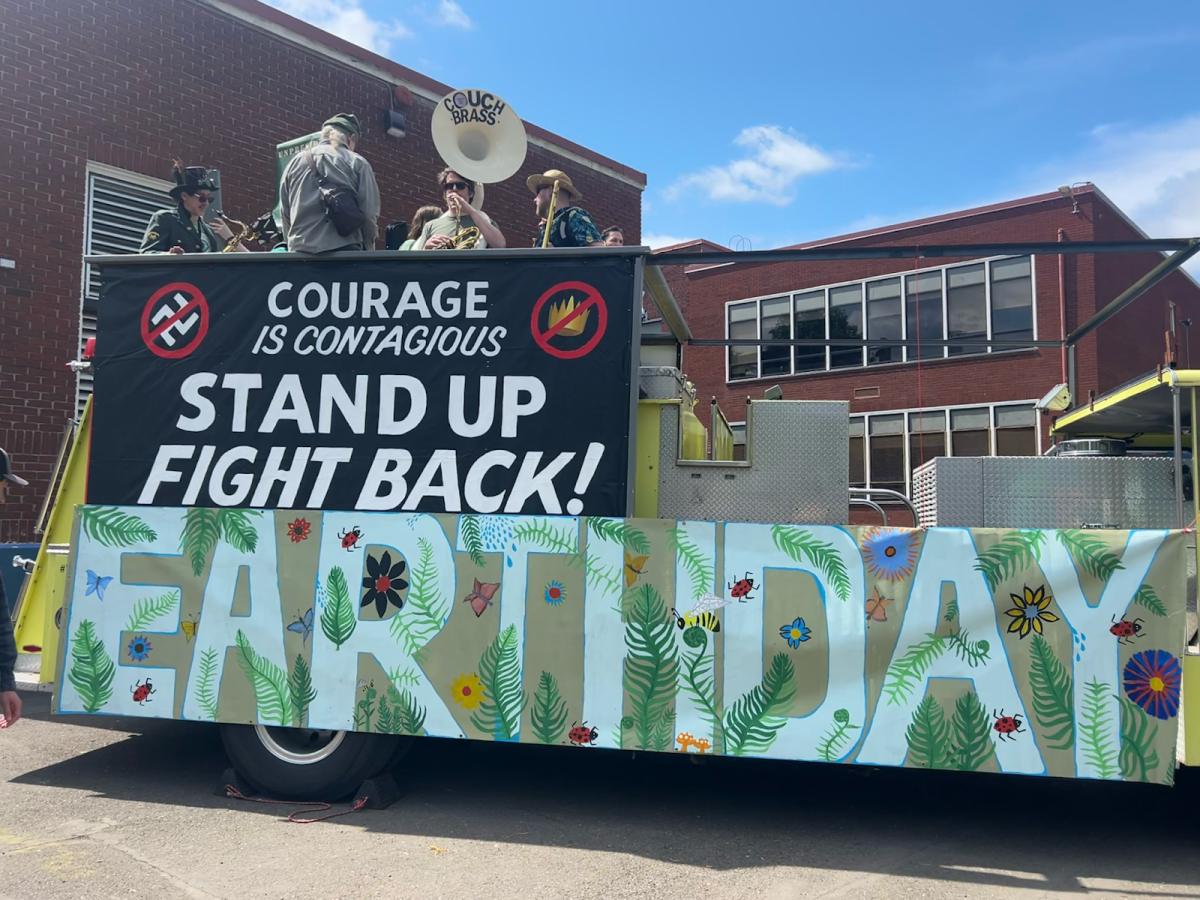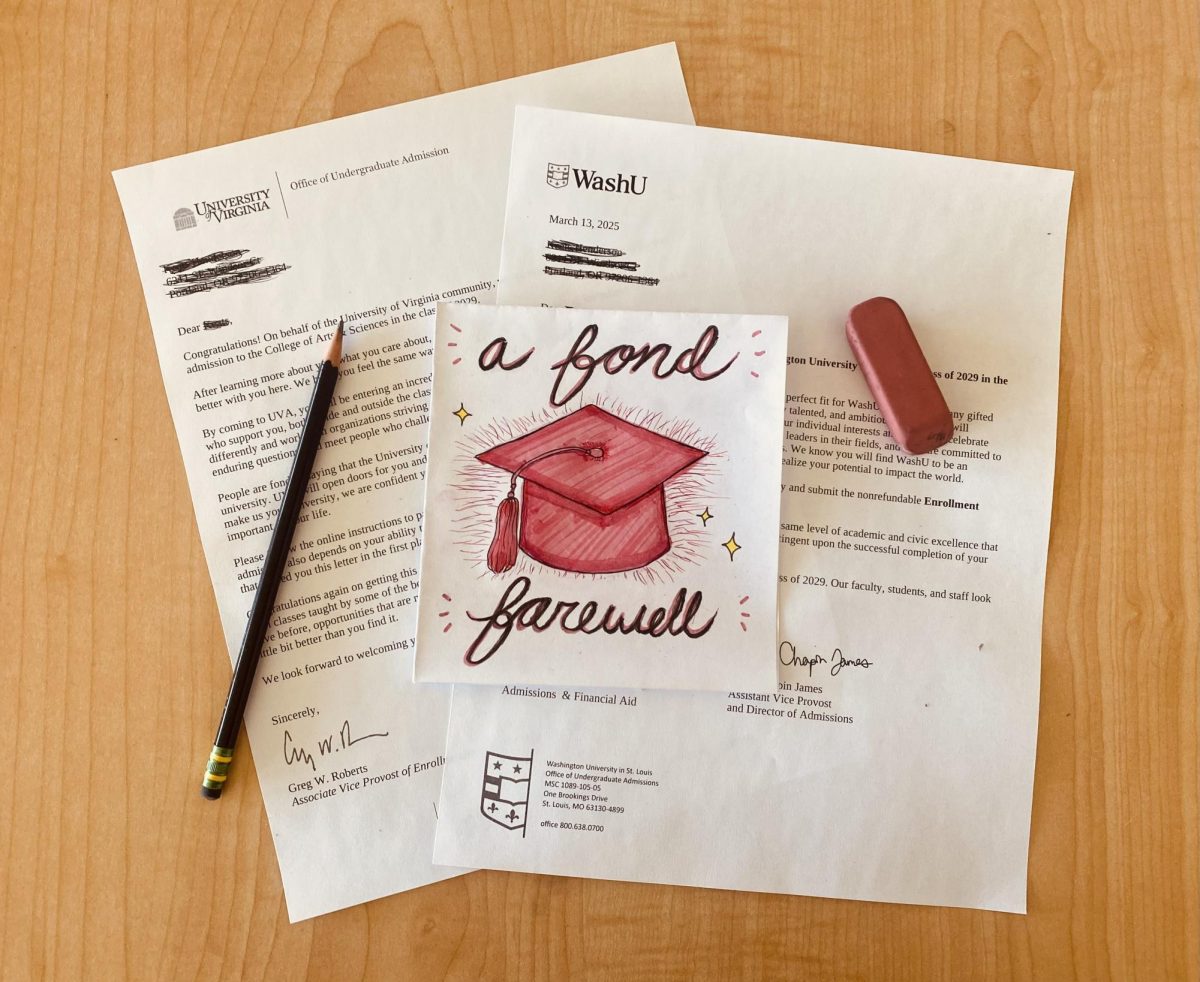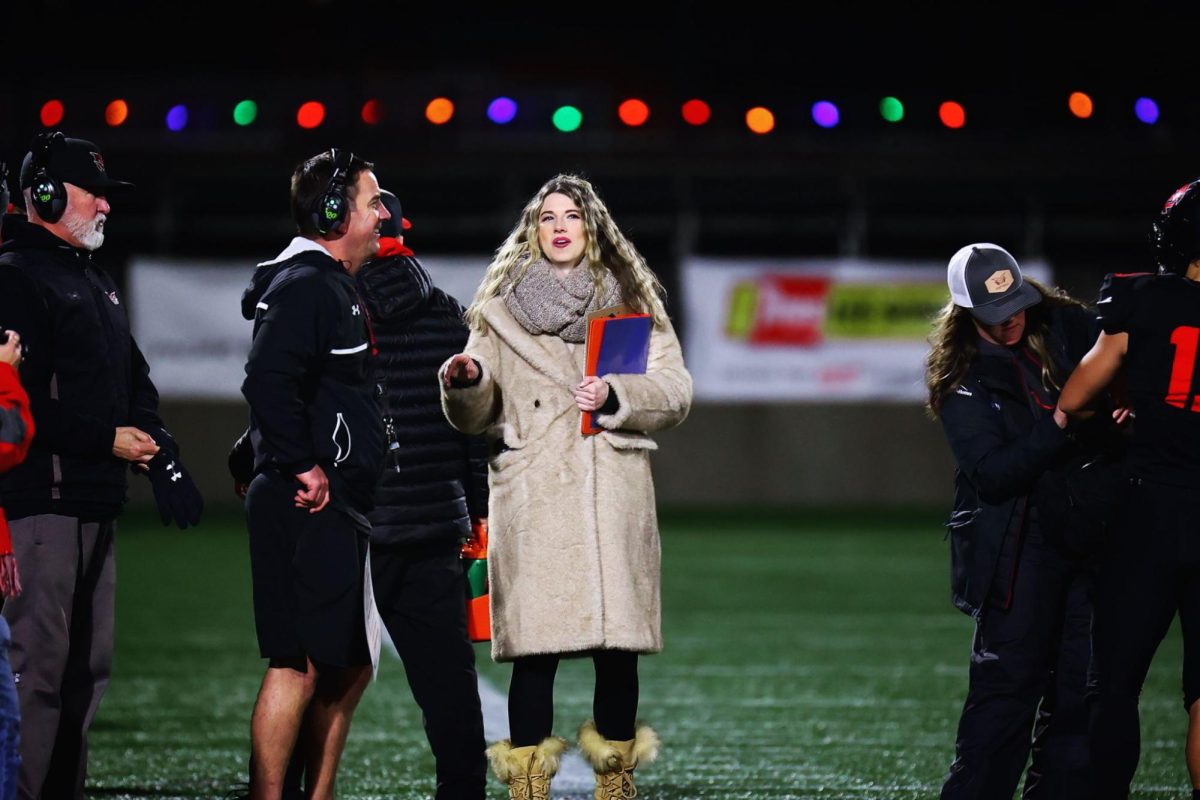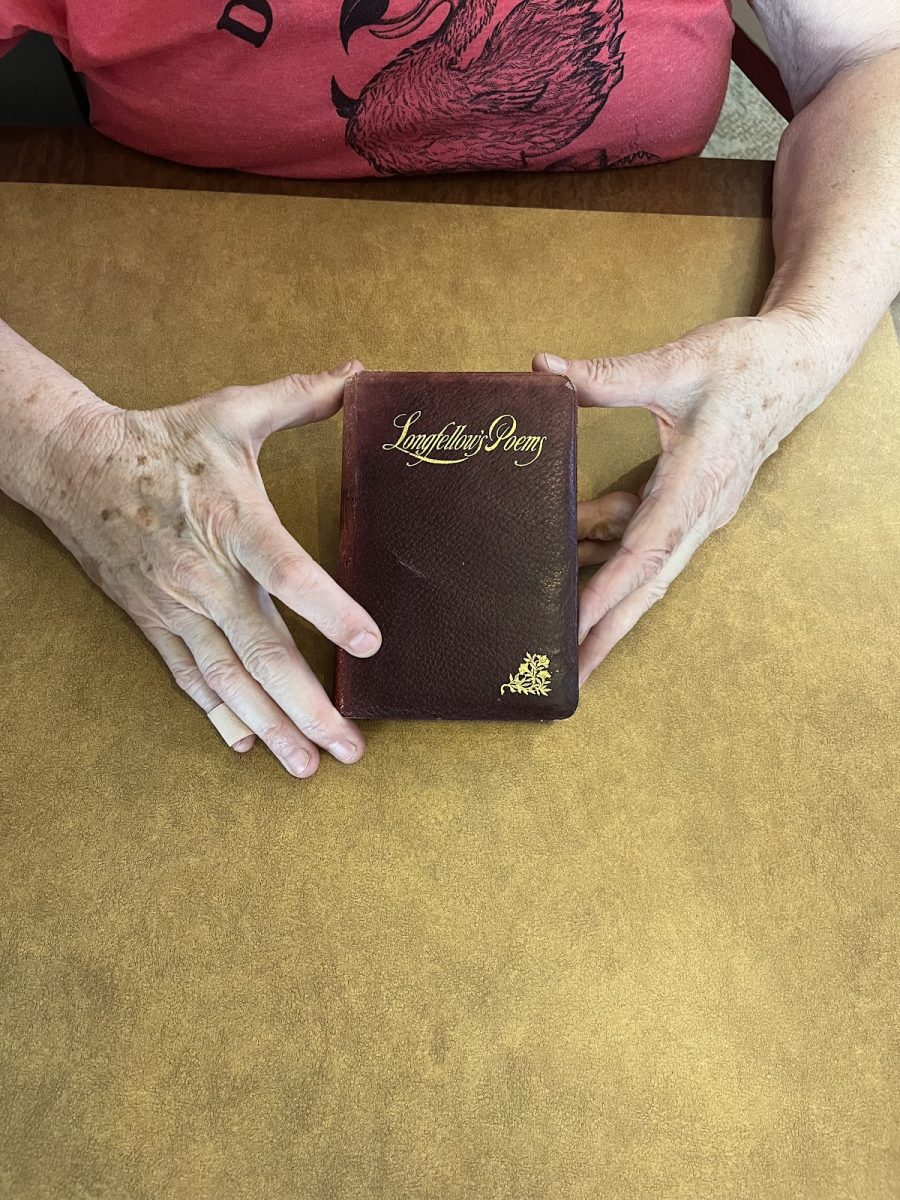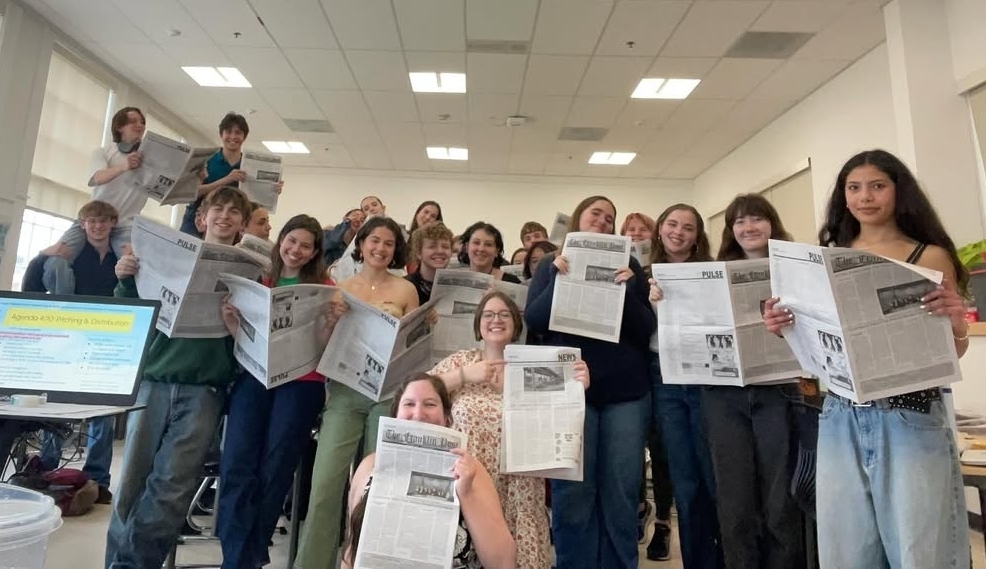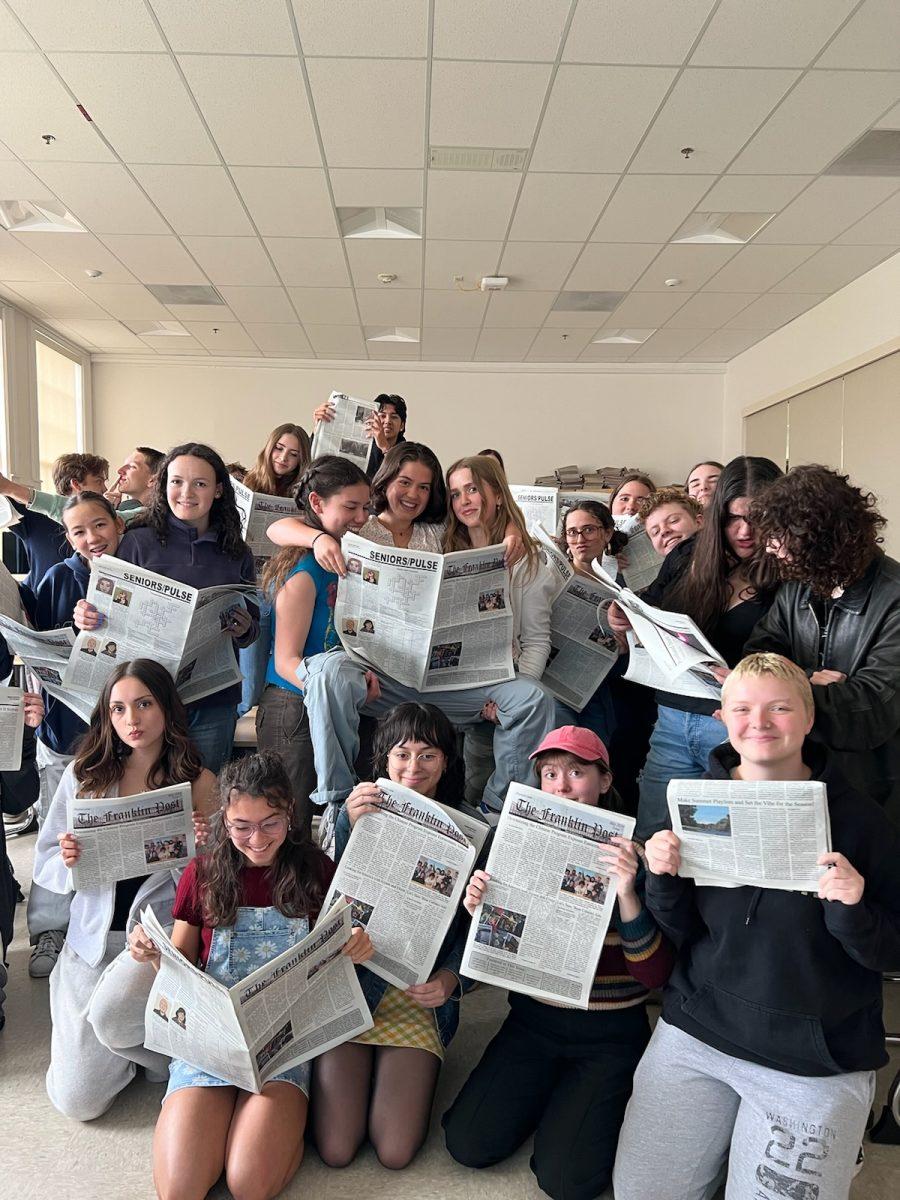As many high school seniors, including myself, venture into the end of college application season and the beginning of admission season, many are contemplating how they will pay for college and facing one important question: why in the world is college so expensive? Sky-high tuition prices, as well as room, board, textbooks, and other fees, cause the price of college to be increasingly high. Thousands of people every year have to go tens of thousands of dollars into debt to get their college education, but why does it have to be like this? Well … it doesn’t.
In the past three decades, college costs across the board have tripled, and in some cases are higher than five times the cost in the 80s and 90s. For example, the University of Chicago, the most expensive college (Columbia and Harvey Mudd are also close) in the United States at ~$80,000 per year in total costs and forecasted to be the first college to cost $100,000 per year, only had tuition of $12,300 in 1988. Public schools, on the other hand, have increased from an average of ~$3,200 to ~$10,000 today (CNBC). A misconception that many people have is that inflation has caused this dramatic increase, which is incorrect. The University of Chicago’s tuition in 1988, adjusted for inflation, would be $27,000 in today’s money, and the average public college would only be $7,000. While I do understand that financial aid is available in many situations and private colleges tend to give out packages worth tens of thousands a year, it is completely unethical that some students have to pay upwards of a quarter of a million dollars to attend many private universities for four years, especially given the additional cost that some students incur by attending graduate school. Jess M, a former Franklin alum , says that private colleges can greatly help with financial aid. Jess says, “As a current college student, [I believe] college should be free… The price [of private colleges] is high, but they give out so many scholarships. [My] price went from $60,000 a year to $18,000 because of scholarships.”
College costs have consistently been increasing every year due to lack of public funding, increased demand, and higher enrollment in the student population. While the average income students earn after college has been increasing, the increase is insignificant compared with inflation. According to the National Association of Colleges and Employers, the adjusted salary of a graduate with a bachelor’s degree has only increased by a mere 5.9% while college prices have tripled. This incremental change in salary, accompanied by rising housing costs, taxes, and expenses, has had a detrimental effect on our country. According to a recent report from Pew Charitable Trusts, a whopping 80% of Americans are in debt. This is a report taking everyone into account, not just college students. 70% of college students have to take out student loans, with the average debt of a graduate being $30,000. The biggest reason that I believe college should be free is because of the debt most students go into. No one should have their goals stifled and not go to their dream college because the cost is too high and no one should have to take on an exorbitant amount of debt to achieve their dream. College is so expensive that there is a televised game show called Paid Off, whose sole purpose is to allow people to win loan payments. The student debt crisis is so bad that people sometimes have to be contestants on a game show to have a chance at getting out of debt.
Now, after all of this context, what’s the answer? It’s still complicated. I believe that the best way to help alleviate some of the effects of our ongoing debt crisis could be to make all college free, but I know this is in many scenarios impossible. The problem with making college free is funding. The federal government pays for some parts of financial assistance — which anyone who has had to file for FAFSA knows — while funds from the state government help to fund school operations. As it is now, if college was free, colleges would have to drastically cut operations, lay off professors, and/or shut down altogether due to lack of funding. The key would be to have public universities become much more dependent on federal and state funding. One of the most widely known and “radical” ideas for making college free was proposed by Senator Bernie Sanders. It is estimated that the cost to eliminate student debt and make college free is about 2.2 trillion dollars. Sanders’ plan would impose a “modest tax on Wall Street speculation,” while also taking some funds from his proposed wealth tax. There are several problems that arise with this plan. Higher taxes are generally unpopular, Sanders didn’t win the Democratic primary so his plan didn’t gain traction, and this plan was supposed to raise the money over ten years, which would leave the plan vulnerable to actions from other administrations—as well as not being an immediate solution.
The other problem with trying to make college free is that private colleges receive their funding from donations and tuition. Because much of their funding is from tuition, their costs to attend the school are inherently higher. If public colleges were made free, what would stop every student from attending them? Many would assume that they would receive a better education at a private school, as is the sentiment now. However, with increased funding, operations to boost academics at public colleges could be widespread, and the sentiment that private college students are vastly superior to public students in earnings potential is clouded by the higher costs to attend private institutions. I think that private colleges would have to continue as they are if public colleges were made free. Private colleges have done fine on their own for centuries, and giving students the chance to choose between free and private colleges could be beneficial to private colleges. Private colleges also have much better financial aid programs and donations, so they are typically able to give more in financial aid than public universities.
The most important reason to make public college free is to diversify education and allow people to learn at colleges they get into regardless of their circumstances. Free public college would allow more low-income students and underrepresented BIPOC students access to higher education. Having more low-income and BIPOC students would in turn help close the wage gap disparity because college-educated people earn more than those without a college degree. Free college does not mean that we would have a decrease in the preparedness and skill levels of students. Making college free does not mean that everyone gets in. Colleges with increased state and federal funding could still take the same amount of students without expanding to a size that would endanger skill levels.
The good news in all of this is that our country is making some progress. Oregon currently has the Oregon Promise to help give free community college tuition to students who qualify. While there is a stigma around community college, it is a much more affordable way to get part of your education and expand your knowledge for a relatively low cost. I am currently taking a few classes at Portland Community College to prep for college, and it’s a great alternative to expensive prep courses if you’re looking to advance your knowledge during the pandemic. Kate Patterson, an editor for The Franklin Post, wrote an article about the benefits of community college which you should go read if you’re currently doing some research or want a good read.
President Biden’s college plan is also supposed to help students pay for college. He takes some elements of his plan from Senator Sanders’ and Congresswoman Jayapal’s 2017 College Act for All. He plans to expand on previous “Promise” programs, such as the Oregon Promise, and make this country-wide. The largest part of his plan is to make public colleges tuition-free for families who make under $125,000 a year—about 80% of the population. Pell grants provide substantial financial aid to low-income students but have not kept up with the rise in tuition prices, so Biden plans to double the current aid of federal Pell grants, to expand needed aid.
Free college would benefit millions of people, help improve the education of our workforce, and eliminate a lot of financial stress from people’s lives. The fact of the matter is that free college is not a far-fetched radical socialist ploy; it could be a reality. With proposed tax plans and reallocation of funds from other sectors, free college could be enacted within the next few years, and some politicians want to go as far as to eliminate student debt. While plans to get money for creating free college will be widely disputed and have a great deal of pushback from the rich who will be taxed, we can get the money to do this. Our problem isn’t lack of interest or ways to get funds, it’s government inaction. We’re stuck in a period of congressional inaction. Govtrack.us, a website dedicated to tracking legislation passed by Congress, shows that our recent Congresses have been prone to inactivity. Recently, more bills passed are ceremonial in nature, while significant bills and laws are being blocked. Our country needs change, plain and simple. Our next Congress and President have a lot to do in a short amount of time. They need to be held accountable for their actions and have to make progress on issues such as climate change, student loans, social justice reform, and more if we are to succeed as a country.
